Patek Philippe Nautilus, Patek Philippe Golden Ellipse, Omega Constellation, Omega Seamaster, IWC Ingenieur, Universal Genève Polerouter, Audemars Piguet Royal Oak…
Above are some of the most iconic watches of all time, so entrenched in watchmaking history, they’ve become synonymous with their respective brands, yet none of them would have been possible if it wasn’t for one man: the design genius, Gérald Genta.
Related:
You need to own at least one of these watches before you die
The moment the world’s first chronograph watch was discovered
The most expensive watch in the world has an incredible backstory…
Born in 1931 in Geneva to Italian parents, Genta displayed his artistic talents from an early age, showing a keen interest in painting and sculpture. As he grew up, he originally trained as a jeweller, but it soon became clear that his major talent lay in design rather than actual creation, and he’d regularly sell his designs to other jewellers and later to the watch industry.

Amazingly, at first Genta would charge just 15 Swiss Francs per design, but as his stock rose, he began to take on clients all over the world - in the U.S., Italy, France, Germany and, of course, Switzerland - allowing him to make a decent living.
By 1953, Genta had become hot property, with many of the major watch brands clamouring to secure his services exclusively. However, rather than tying himself down to one company, Genta decided that he’d be able to make much more money and have much more control if he worked on a freelance basis for all of them! So he politely declined the offers of full-time employment and informed his suitors that he’d still be available but only on a project-to-project basis.
The following years saw him produce hit after hit for the likes of Omega, Patek Philippe, Universal, Audemars Piguet and many others. His exploits thus far had already placed him firmly among the elite of watch design, however the Gérald Genta story really picks up steam in 1970 when, some 20 years after first collaborating with Audemars Piguet, Genta designed a truly gamechanging watch: The Royal Oak.
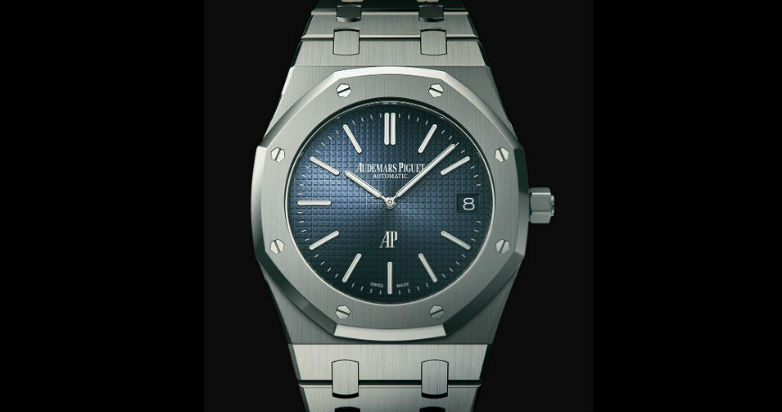
For one of the world’s most iconic watches, the Royal Oak’s design wasn’t the result of years of research and development and fine tuning as you may expect. In fact, it’s quite the opposite, as its origins can be traced back to a single phone call made by Georges Golay, the Managing Director of Audemars Piguet, to Genta at four o’clock one afternoon.
He requested, “a steel sports watch that has never been done before… something totally new and waterproof.” Also adding that he required the design to be finished by the following morning. Upon hearing this, Genta promptly put down the phone, picked up his pen and worked non-stop through the night to produce the design of a now-legendary timepiece.
Priced at a sector-smashing 3,750 Swiss Francs (the most expensive steel watch of the time cost just 850 Francs), success for the Royal Oak was far from certain, but such was its allure, customers were more than willing to hand over their money for it back in the early 1970s, as they still are today.
After the Royal Oak, everything that Genta touched continued to turn into gold. IWC’s Ingenieur (1976), Patek Philippe’s Nautilus (1976) and countless other timeless classics sprouted from the end of his pencil. He also completed numerous special projects, including timepieces for musicians, athletes and even royalty.
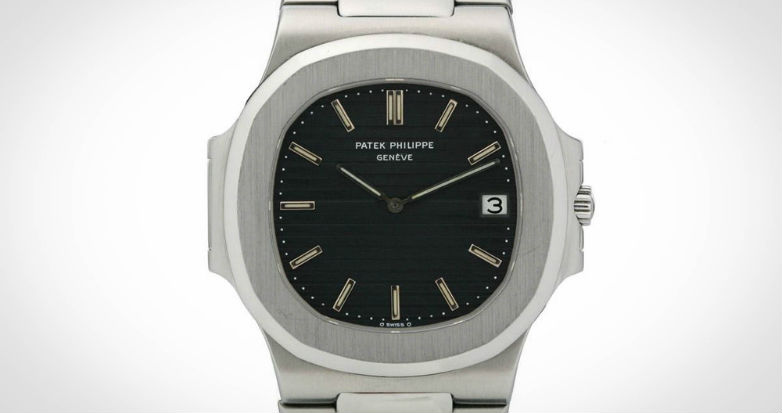
As well as work for other companies, Genta also had enormous success in setting up his own operations. In 1981 he created the Minute Repeater with self-winding movement in a 2.72mm-thick case, which went on to sell more than 1,000 units. In 1994 he designed the Grand Sonnerie which, at the time, was the most complicated watch in the world and worth around $2 million.
But despite his huge success and longevity with high-end brands and for himself, perhaps the most admirable thing about Genta is that he was always in control of his own destiny. In the same week that he’d design a masterpiece for Patek Philippe, he’d also knock together a quick sketch for a digital Timex that would go on to sell 3 million copies. There were no aires or graces with Genta - he would simply pick and choose his clients to suit him.
In a glittering career spanning some 50 years, Genta designed at least 100,000 different watches, including some of the most iconic timepieces in history. In 2011 he sadly died aged 80, but this legend of the watchmaking world left behind him a legacy bigger than any single brand ever could.











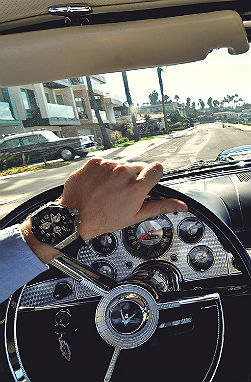







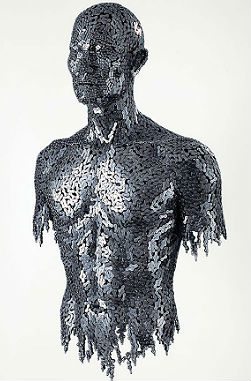
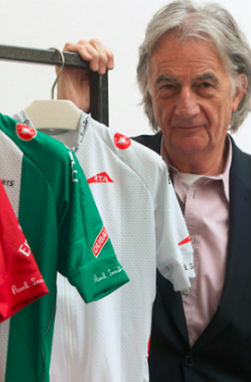








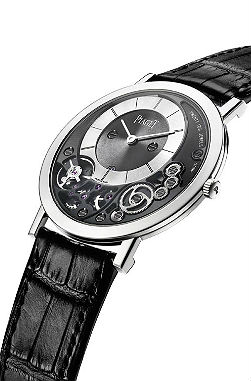



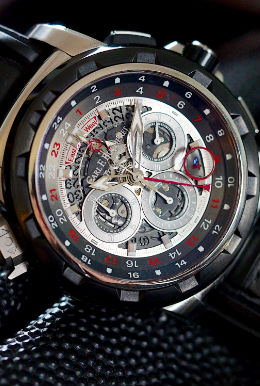
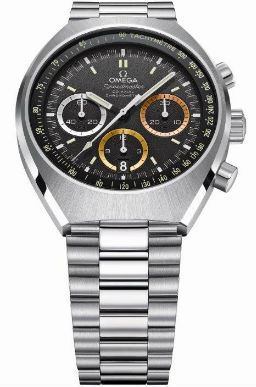











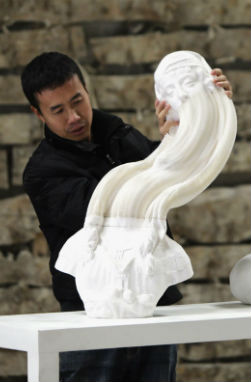



SHARES
Comments